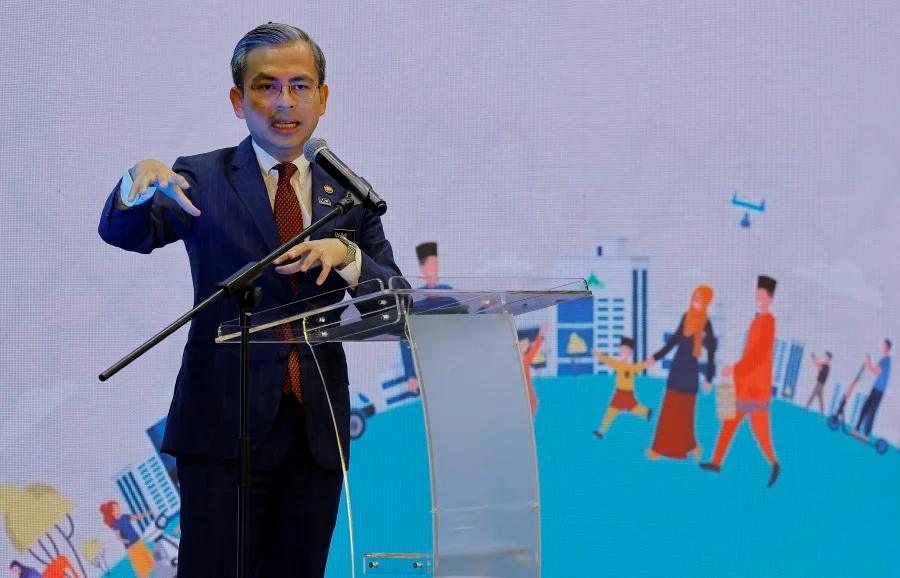Home
By sg-adrian
|
|
Comments are Closed
|

CYBERJAYA: Malaysia is expected to receive more investments particularly in the data centre, innovation, and digital economy sectors within the next few months, said Communications and Digital Minister Fahmi Fadzil.
He said the digital economy sector was expected to contribute 25.5 per cent to the gross domestic product (GDP) by 2025.
"With the positive growth and these investments that we see today and in the months to come, it is not impossible for us to achieve this number sooner."
He said this at the announcement of Cyberjaya's new investment and ecosystem partners and the Cyberview Hari Raya Aidilfitri celebration here today.
Fahmi also witnessed the memorandum of understanding signing ceremony between Cyberview and Leave A Nest Malaysia Sdn Bhd, and Cyberview and Vantage Data Centres.
Meanwhile, Vantage Data Centres, a United States-based hyperscale data centre provider, has agreed to commit an additional US$3 billion (RM13.32 billion) to build a second data centre campus in the country.
"This campus will be the largest data centre for Vantage in Southeast Asia and in the region. For Leave A Nest, they will focus on the aspects of innovation, problem-solving, and deep technology, and will collaborate with entrepreneurs with an investment of RM20 million and an expected economic impact of up to RM100 million.
"These announcements are very encouraging. This gives a good signal that foreign investors still choose Malaysia as their preferred investment destination.
"This also proves that the government's efforts, policies and decisions are the right ones and shows that we will experience positive economic growth," he added.
Fahmi said it was also important to ensure sustainable investment by expanding the local talentpool, including programmers, animators, and entrepreneurs in the digital economy.
Earlier during his speech, he said these investment and ecosystem partners would focus on three major pillars, namely infrastructure, digital safety and security, and the digital economy ground.
"If we bridge the digital divide and safely roll out 5G, and ensure data protection, cybersecurity and draw in valuable investment and grow talent in Malaysia, InsyaAllah we can truly become the Asian digital tiger."
Related Posts
Leave a Comment
